Special Editions 07
“和の設え”
Hospitality in Japanese Architecture
Each culture in the world had nurtured its own style of architecture, Japanese
architecture is alive with the hospitality and love of nature, and spirituality has
been valued more than rationality and convenience in Japanese culture. Why
not incorporate the ideas of Japanese hospitality into your life?
Index
 Small inner garden
Small inner garden
The hospitality makes you feel the four seasons.
坪庭 (Tsuboniwa)” is a small garden that can be enjoyed in the house. It spread with development of the tea ceremony. The host and guests alike enjoy all four seasons in a small garden. In addition to the spirit of hospitality, “Tsuboniwa” have also played an important role in the lighting and ventilation of densely built houses in Japan.
 Entrance
Entrance
“玄関 (genkan)” is originally a Zen word in Buddhism. The entrance is the first place to welcome guests, and it is an important place as the face of the house in Japan. “Tsuboniwa” of the entrance welcome guests with seasonal plants.



 Bathroom
Bathroom
The Japanese soak in the bath not only to clean but also to relax. Have you ever heard of “露天風呂 (Roten-buro)”? Japanese enjoy bathing in outdoor hot springs. “Tsuboniwa” is attached to the bathroom to recreate the atmosphere of an open-air bath.




 The alcove
The alcove
The display space for hospitality in Japanese room.
In a Japanese house, the guests are welcomed at Japanese reception room. work of art and seasons flowers are displayed on the “床の間 (Tokonoma)” to entertain guests.
This space also serves as a small museum that lets you feel the seasons in your home.
 Japanese reception room
Japanese reception room
Japanese houses have special room for guests and special occasions. This special room is called “客間 (Kyakuma)”. By decorating the alcove in the special room, the host serve the guests with humility, and express Hospitality.



 Japanese folding screen
Japanese folding screen
Since ancient times, “屏風 (Byoubu)” have been used as windbreaks and partitions. What's more, Japanese paintings were drawn on these, and they have come to be prized as works of art. “Byoubu” are placed in special room or at the entrance, and entertain guests.



BIYUSAI
IM-25P1/BYA-1,
IM-25P1/BYA-4,
IM-50P1/BYA-3A,
IM-50P1/ BYA-6A,
IM-100P1/BYA-1,
IM-100P1/BYA-4,
IM-1525P1/ BYA-3,
IM-1525P1/ BYA-6
Other tile ideas for Japanese style.
Catalog

Archives

Special Editions 01
JTW Collaborated with
Japanese Floral Art
2020 Spring

Special Editions 02
Upgrade your interior
with JTW tiles
2020 Autumn

Special Editions 03
Enjoy your Stay Home
with JTW tiles
2021 Spring
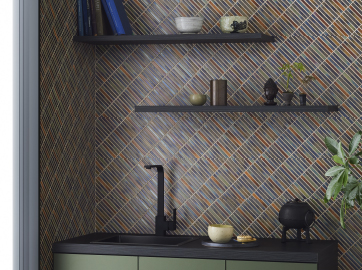
Special Editions 04
Required“HEALING”
2021 Autumn

Special Editions 05
Cast dramatic magic
on space
2022 Spring
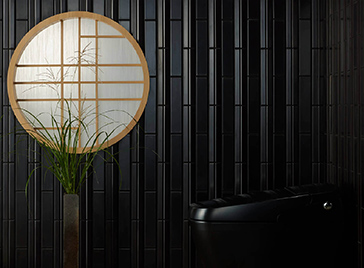
Special Editions 06
Ka(flower),Cho(bird),
Fu(wind),Getsu(moon)
2022 Autumn
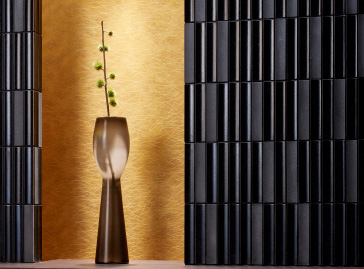
Special Editions 08
"JTW" refines scenes of daily life.
2023 Autumn
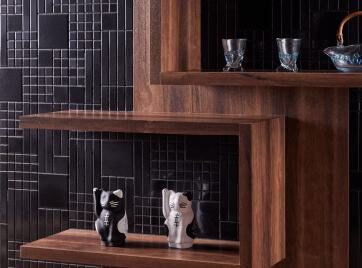
Special Editions 09
A meeting of fate with
other materials
2024 Spring
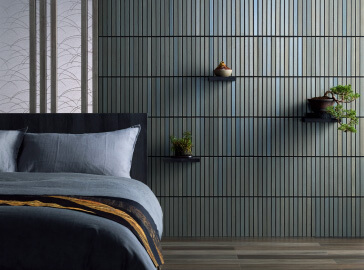
Special Editions 10
Connect naturally
2024 Autumn
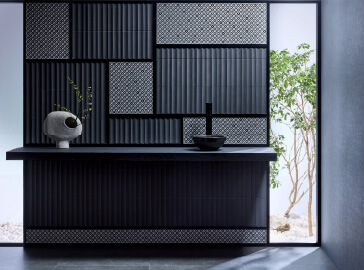
Special Editions 11
Neo-Impressionism by JTW
2025 Spring
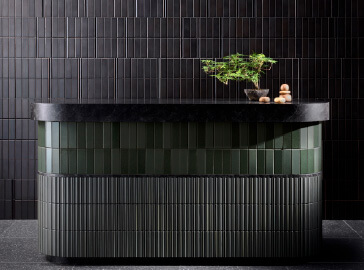
Special Editions 12
“Resonance”
The combinations of tiled wall and tiled counter
2025 Autumn











